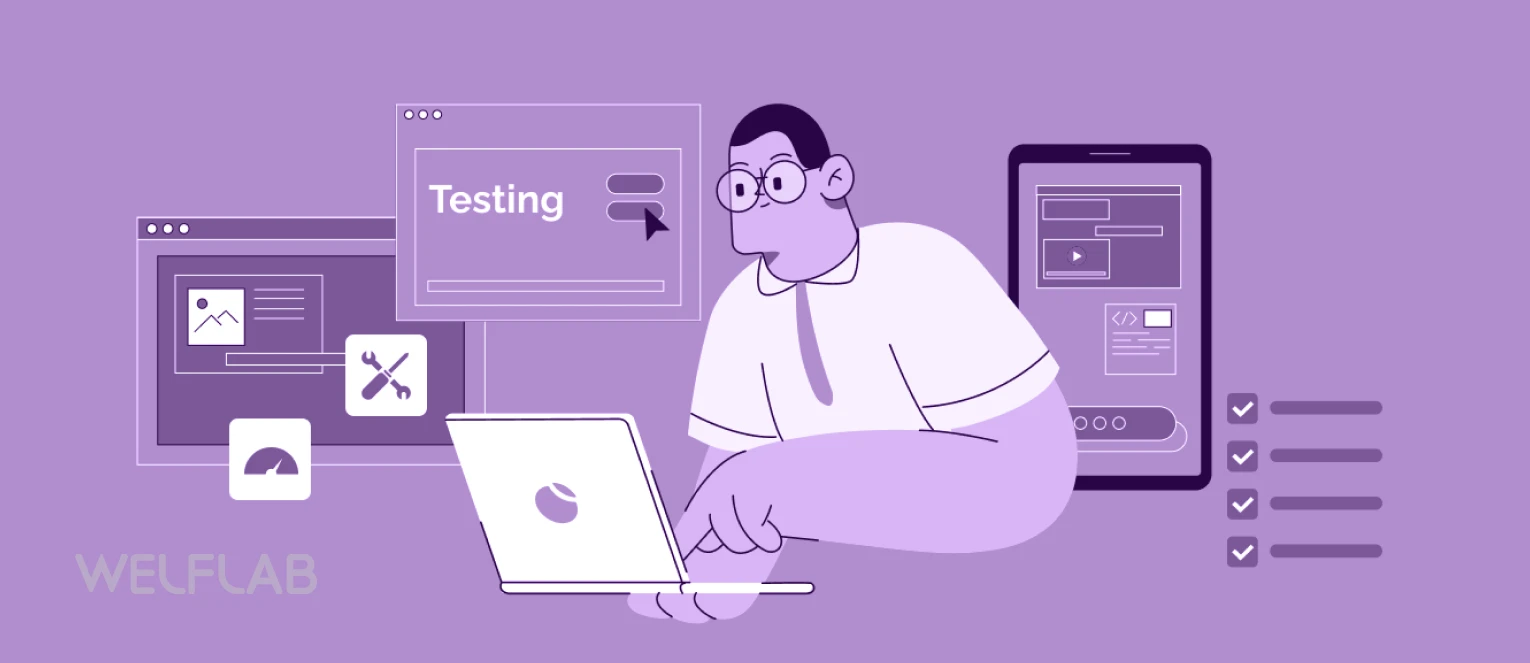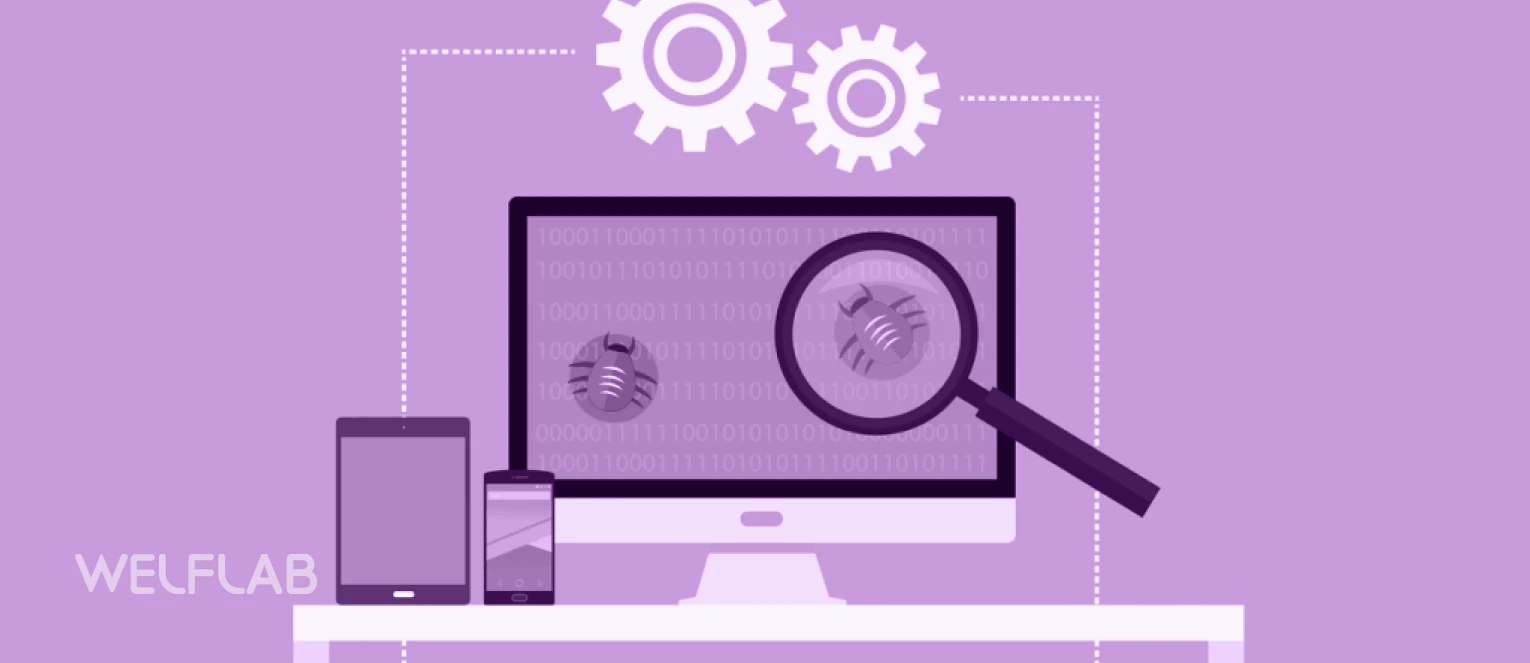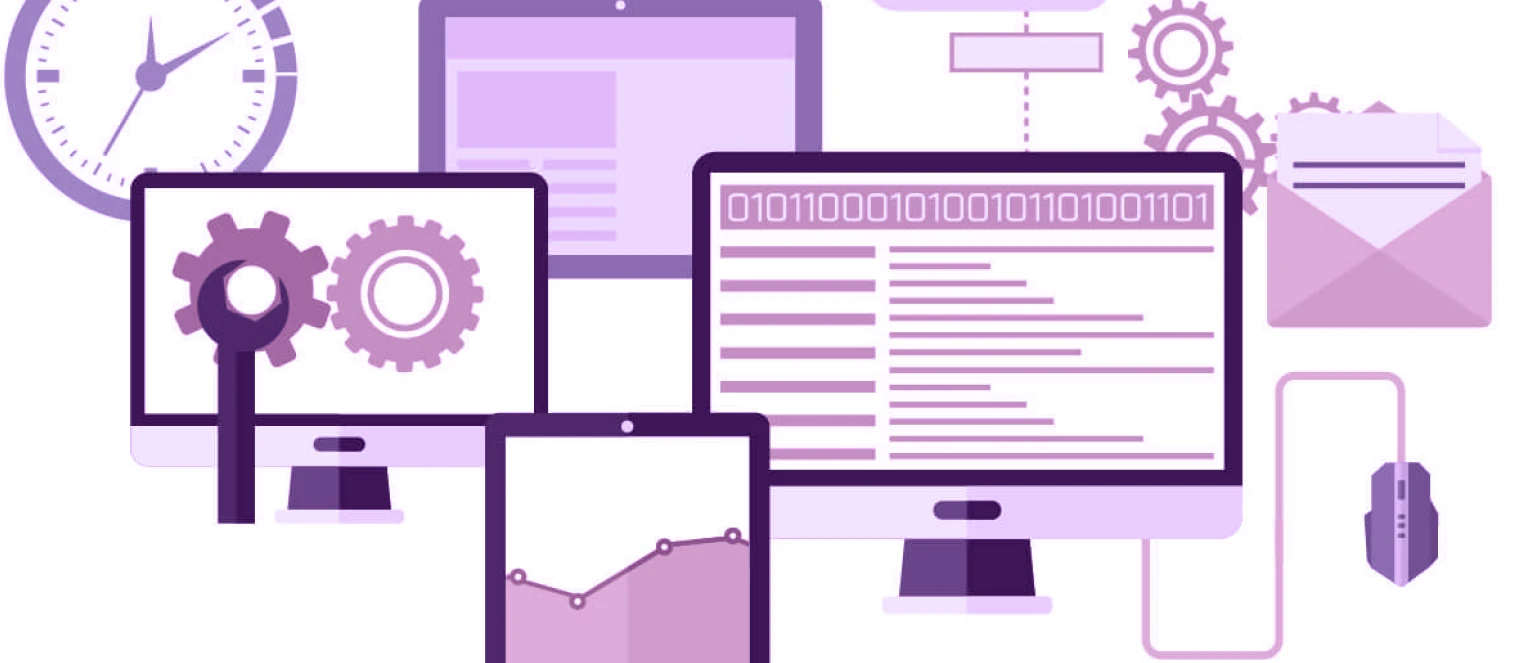Test automation is a crucial aspect of efficient software testing, as it helps streamline the testing process and enhances overall productivity. Various test automation tools and techniques are available to cater different testing requirements. These tools range from open source options like Selenium and Appium, to commercial solutions such as UFT and Test Complete. Understanding the features, capabilities, and limitations of these tools is essential for selecting the most suitable option for effective test automation.
Demystifying Test Automation: Unveiling The Secrets Behind efficient Testing
Test automation has become an integral part of software development, but is true potential often remains shrouded in mystery. To unlock the secrets efficient testing, it is crucial to understand the core concepts and must have solutions. This subtopic aims to demystify test automation by unravelling its hidden benefits and providing insights into how organizations can leverage automation tools to streamline their testing processes.
Must Have Solutions For Test Automation: Choosing the right Framework For efficient Testing
When it comes to test automation, choosing right framework is crucial for efficient testing. A suitable framework should offer robust functionality, easy integration with existing system, and support multiple programming languages. Additionally, it should provide seamless collaboration among team members and allow for parallel execution of test cases. A comprehensive reporting mechanism and the ability to run tests different platforms and devices are also essential features that a must have test automation solution should possess.
Exploring Test Automation Frameworks: A Comprehensive Analysis of top Solution
In this section, we will delve into the exploration of test automation frameworks by conducting analysis of the leading solutions available in the market. By examining their feature, capabilities and suitability for different testing scenarios, we aim to provide readers with and insightful understanding these frameworks. This analysis will assist testers in making informed decision when selecting the most suitable test automation framework for their specific needs.
Mastering Efficient Testing Techniques With Test Automation Tools And Best Practices
Mastering efficient testing techniques with test automation tools and best practices is crucial for successful software development. Firstly, teams must understand the purpose and capabilities of various automation tools available in the market. Secondly, they should adopt a systematic approach to selecting the most suitable tool based on their project requirements. Lastly, implementing best practices such as developing reusable test scripts, maintaining a robust test environment, and continuously refining test processes will ensure efficient and effective testing throughout the software development lifecycle.
The Role Of Test Automation In Streamlining Software Testing Processes
Test automation plays a crucial role in streamlining software testing processes. By automating repetitive and time-consuming tasks, it eliminates manual errors and accelerates testing cycles. Test automation tools enable testers to efficiently execute test cases, generate accurate reports, and identify defects early on. With the ability to run tests on multiple platforms and configurations simultaneously, these tools enhance efficiency, reduce costs, and improve overall software quality by ensuring thorough testing coverage.
Decoding Test Automation Tools: A Step-By-Step Guide For Beginners
Embarking on the journey of test automation can be overwhelming for beginners. This subtopic aims to demystify the process by providing a step-by-step guide. Starting with understanding the purpose and benefits of test automation, we’ll delve into selecting the right tools based on your requirements. We’ll explore key features to look for, such as scriptless testing, cross-browser compatibility, and integration capabilities.
Key Features To Look For In A Test Automation Framework For Efficient Testing
When selecting a test automation framework, it is crucial to consider key features that facilitate efficient testing. These include robust script creation and maintenance capabilities, support for multiple programming languages, seamless integration with continuous integration/continuous delivery (CI/CD) pipelines, comprehensive reporting and analytics functionalities, cross-browser and cross-platform compatibility, support for parallel testing, efficient test data management, flexible test execution scheduling options, and easy collaboration among team members.
Best Practices For Implementing And Utilizing Test Automation Tools
To effectively implement and utilize test automation tools, it is crucial to follow some best practices. Firstly, conduct a thorough analysis of the testing requirements and identify the areas that can benefit from automation. Next, select the appropriate tool that aligns with your project needs. It is essential to design robust test cases and maintain a well-structured test suite. Regularly update and maintain test scripts, ensure proper version control, and integrate automation into the development workflow for seamless collaboration between teams.
Addressing Common Misconceptions About Test Automation: Separating Fact From Fiction
Test automation is often surrounded by misconceptions that can hinder its adoption and effectiveness. One common myth is that test automation replaces manual testing entirely, which is not true. Another misconception is that test automation tools require extensive programming skills, whereas many user-friendly solutions are available. It’s important to separate fact from fiction to fully understand the benefits and limitations of test automation, ensuring efficient and successful testing processes.
Maximizing Efficiency With Intelligent Test Automation Techniques And Strategies
Maximizing efficiency with intelligent test automation techniques and strategies involves leveraging advanced features provided by test automation tools. These include intelligent test script generation, self-healing capabilities, and AI-powered algorithms for efficient test case selection and execution. By utilizing these solutions, organizations can streamline their testing processes, reduce manual efforts, and accelerate the overall testing cycle. Intelligent automation also enables teams to identify defects early on, enhance test coverage, and improve the overall quality of software applications. [
Achieving Seamless Integration: How To Integrate Test Automation Frameworks Into Existing Testing Processes
Integrating test automation frameworks into existing testing processes is crucial for achieving seamless integration. The first step is to analyze the current testing process and identify areas where automation can be implemented effectively. Next, select a suitable automation tool that aligns with the organization’s requirements. It is essential to create a clear roadmap and allocate resources for training and implementation. Regular communication and collaboration among the testing team ensures successful integration of test automation tools into existing processes.





